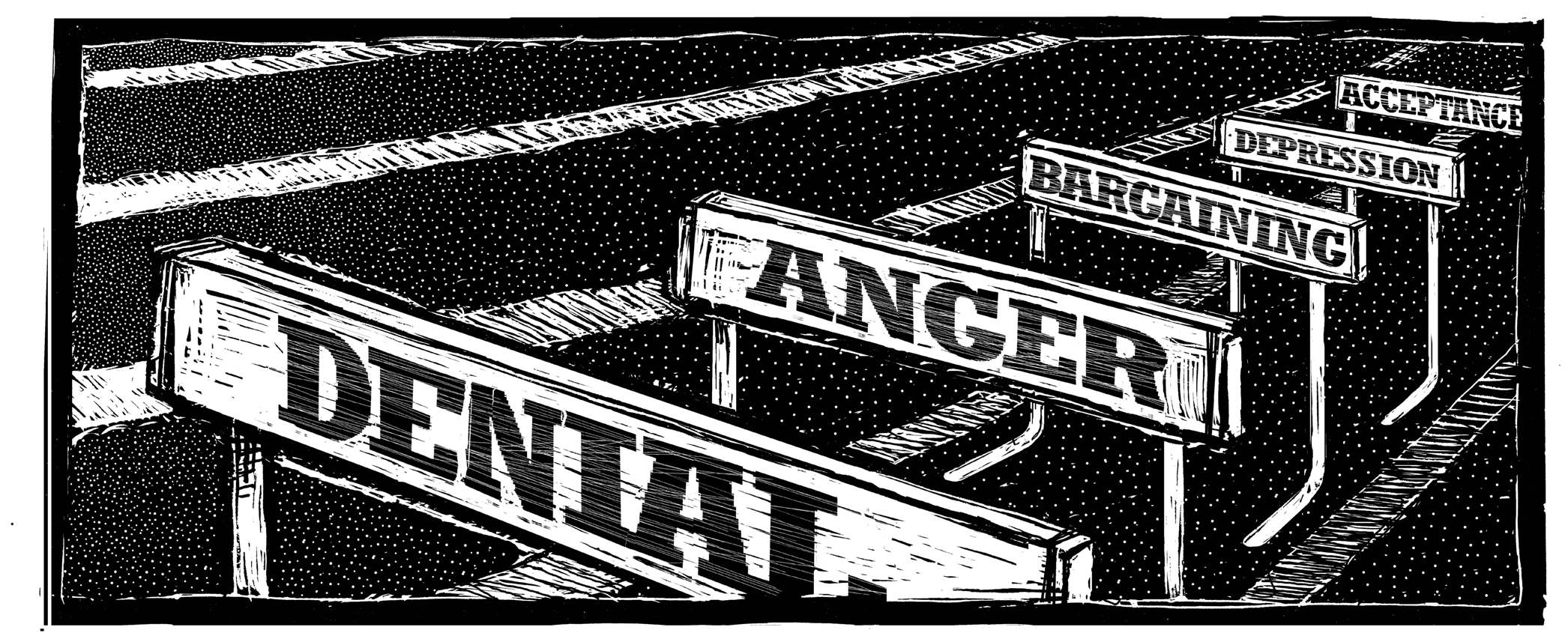How to Explain Visually the 7 Stages of Grief

Grief – it is a term with which we are all aware. There is no person, not even the most blessed and privileged one, who has not seen grief at some stage in his/her life. It is an emotion which is the very part of the human fabric. All of us have to endure this pain, just like all of us are destined to be happy at various stages in our lives.
Although every one of us experiences grief, some more than other, what we do not normally fathom is that grief is an instinctual process with certain hardwired steps. There are seven steps through which grief propagates starting with shock, passing through denial, bargaining, guilt, anger, depression and culminating in acceptance.
This however is not a hard and fast rule. Not everyone experience all these stages, or all the stages in the same pattern. But, what this gives us is a significant blue print of defining and ultimately understanding the whole process, thus providing us the ability to cope better.
If you are still confused about these stages, or want to demonstrate these steps to someone who needs help, the article will give you the perfect guideline to do that. We will be using a technique based on visuals in which each stage will be represented by a colour.
Things Required:
– 7 different pieces of material in the following colours: orange, yellow, red, purple, dark blue, black and bright green.
– Poster board to write the steps and definitions in the correct colour.
– Coloured markers
Instructions
-
1
The first step is to match the colours with the stages of grief.
Stage 1 - Shock and Disbelief - Orange
Stage 2 - Denial - Yellow
Stage 3 - Anger - Red
Stage 4 - Bargaining - Purple
Stage 5 - Guilt - Dark Blue
Stage 6 – Depression - Black
Stage 7 - Acceptance and Hope - Bright Green -
2
After the visuals have been defined, using coloured markers to write (in case you are doing this for your own self) or make others write about the each stage of grief in their respective colours. There is always a situation in which a person has been through, one, many or all of the stages. Let each person write his/her own observations about each stage.
-
3
Now display the feelings of different people about one specific stage, sequence wise, and with the focus on what went wrong where, so that a subliminal message can be propagated to make the mind strong.







